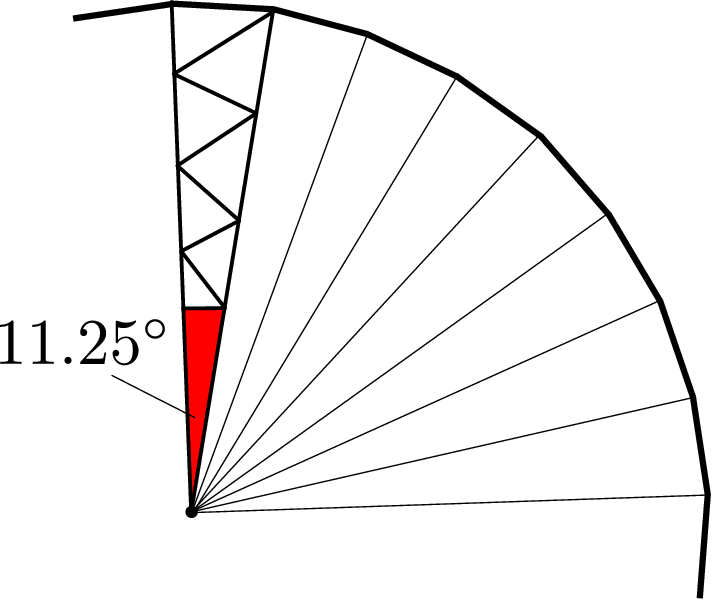Next: 6.4 Combined Symmetries Up: 6.3 Rotational Symmetries Previous: 6.3.1 Finding Optimal Slicing Positions Contents

For sets with a high rotational symmetry order, small angles occur near the rotation center. The smallest angle of the triangle colored in red is
|
![\begin{subfigure}
% latex2html id marker 12512
[b]{0.80\textwidth}
\centering
...
...regular_8_polygon}
\caption{One template with a normal slice.}
\end{subfigure}](img1240.gif)
![\begin{subfigure}
% latex2html id marker 12518
[b]{0.80\textwidth}
\centering
...
...Two templates being the center and a slice without the center.}
\end{subfigure}](img1241.gif)
A regular eight-polygon is decomposed in two different ways. The smallest inner angle of template |
florian 2016-11-21